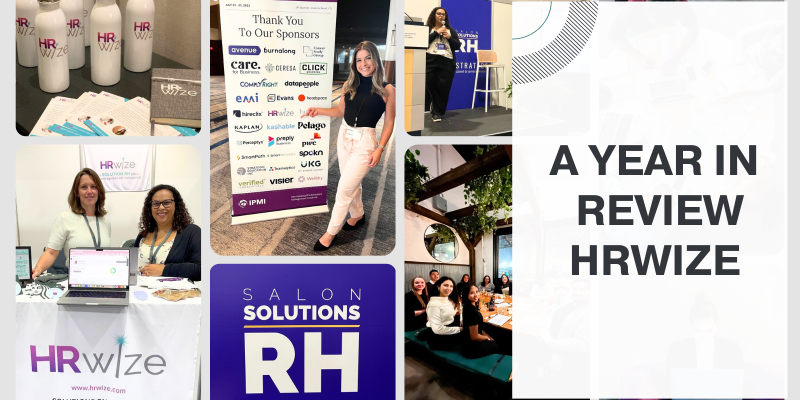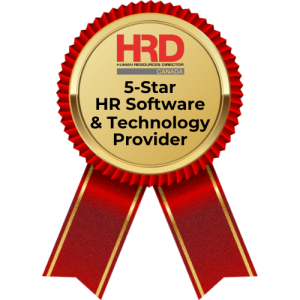HRIS Implementation Part 2: bad data management can cause a world of trouble

HRIS solutions have become popular thanks to the many data management benefits they offer. The most attractive one is their capacity to minimize manual work through automation of repetitive, procedural, and time-consuming tasks. This can drastically increase operational efficiency. The data is the factor that guides all of these automated processes. Whether it is an automatic email, an employee benefit statement, or any other type of report, an HRIS will use the available data to complete the requested process.
Inaccurate or out of date data
Having bad data in the system can create a lot of problems in the long run. A worst-case scenario would be pulling a payroll report based on inaccurate data that causes an employee to get an incorrect pay check. Make sure to double-check the data validity before you input it in your HRIS. HR analytics benefit the most from the automation processes. Accurate data enables those in charge of HR analytics to track the employee throughout their employment lifecycle.
Bad formatting
To operate as intended, an HRIS has to be fed with properly formatted data. Since it is an IT-based solution, an HRIS operates with databases, and bad formatting can cause a lot of errors or result in incomplete reports. Tracking back the bad data is time-consuming, not to mention the risk of making a bad decision due to incomplete reports.
To avoid formatting issues, establish the rules according to the HRIS specifications. Be sure to outline the data formats, such as date (d/m/y vs m/d/y), grammatical differences (capital letters, dashes vs spaces) and naming conventions (risks vs warnings), that have to be used when entering the data into the system.
Embracing the best practices of data management early on removes the risk of badly recorded and badly organized data. With easy-to-follow rules regarding data entry, data formatting, and data organization, you will ensure that all the data that ends up in the HRIS will be able to serve its purpose and result in smooth automations.
Lack of available time
Many organizations spend too much time deciding whether they can benefit more from an HRMS, HCM or HRIS. Instead, they should be focused on the business-specific goals and needs and how many available hours they have to ensure a successful implementation process. This specifically applies to an organization with a lot of paperwork that has to be digitized and transferred into the HRIS.
When compared to other departments, HR is often the one with the least manpower. Developing a data management strategy will help organizations plan the implementation relative to the available manpower and instruct employees from other departments on how they can help with the process.As you can see, an HRIS is only as good as the data available to it, which makes data management directly responsible for successful HRIS implementation in organizations of all sizes.
 A Year in ReviewBy Briana Della Foresta
A Year in ReviewBy Briana Della Foresta Choosing the Right HRIS: A Comprehensive GuideBy Briana Della Foresta
Choosing the Right HRIS: A Comprehensive GuideBy Briana Della Foresta The Impact of Vacation Time on Employee Creativity and InnovationBy Briana Della Foresta
The Impact of Vacation Time on Employee Creativity and InnovationBy Briana Della Foresta The Importance of Employee Vacations for Work-Life Balance By Briana Della Foresta
The Importance of Employee Vacations for Work-Life Balance By Briana Della Foresta Creating a Vacation-Friendly Company CultureBy Briana Della Foresta
Creating a Vacation-Friendly Company CultureBy Briana Della Foresta Strategies for Coping with Working Mom GuiltBy Briana Della Foresta
Strategies for Coping with Working Mom GuiltBy Briana Della Foresta The Importance of Respecting Holy DaysBy Briana Della Foresta
The Importance of Respecting Holy DaysBy Briana Della Foresta What HR Should Know About Candidate Experience?By Briana Della Foresta
What HR Should Know About Candidate Experience?By Briana Della Foresta Do What You Love or Love What You Do?By HRWize
Do What You Love or Love What You Do?By HRWize Diversity Requires MetricsBy Briana Della Foresta
Diversity Requires MetricsBy Briana Della Foresta

